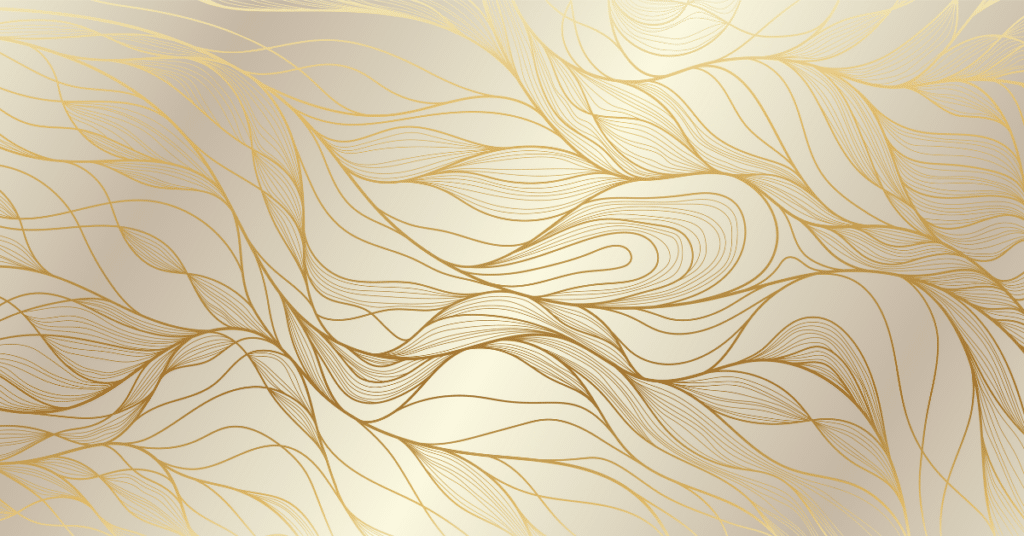Two people are sitting in a room
My wife Melanie and I were on a journey recently when she made the following hypothetical observation:
“In a room with two people sitting together, if one person walks out of the room, or that same person stands up to go get something, the other person tends to gravitate to their phone instead of remaining in the present moment”
oof.
Can you relate?
Think of the small transition moments that occur throughout your day: your drive to work, waiting for water to boil, or even walking to your car. These are opportunities for you to focus your attention on what matters most to you.
You’re making a decision as to what inputs are most important for your brain to process and focus on. Will it be your friends’ Instagram feed, or your email inbox, or your next purchase on Amazon? Or will it be your your body and its interactions with its environment, in all of its intricate sensory detail?
You own your attention
Having spent a decade in the marketing industry, specifically focusing on neuromarketing, I’ve had a lot of experience with how to “grab” peoples’ attention. There’s a science to it. Availability heuristics, cognitive biases, and other universal psychological phenomena are at the disposal of businesses who would rather you focus your attention on what they’re doing instead of what’s happening in your own life.
This leads us to become comfortable living lives that are not our own. We become addicted to the “other,” focusing our attention (and thus, what we manifest in life) on other peoples’ lives or businesses that may not have our best interests at heart.
How much better would it be, then, if we instead focused our attention on ourselves? On what we need and want? When was the last time you sat in silence with a single intention to clear your mind? Of course, that’s what meditation is all about—clearing your mind of all the chatter so you can be fully present.
When you are fully present and centered, you can make no wrong decisions. You are in flow. You are connected to your environment, its energy, and your intuition. The consequences of every decision you make from that state are consequences that you were meant to experience. And they should be embraced.
But even if we meditate daily, we can still be sucked into thinking about the “other” in the remaining hours of our day. That’s why these transition moments are so important. The in between mental spaces that life gifts to us, like the drive home from work or waiting in the car for your kid to get out from school, are meant to be savored. To be cherished and used wisely.
The effects of attention on your nervous system
Human beings evolved with an incredibly advanced electrical network called the “nervous system,” and it, among other things, was designed to protect us and heal us.
These two modes are known as the sympathetic state (protection, fight or flight response) and the parasympathetic state (healing, rest and digest mode). When our attention quickly moves from one thing to another, without proper transition, such as flipping between apps or reading emails too quickly, we are thrown into fight or flight response.
Evolutionarily speaking, the “fight or flight” (sympathetic) response was designed to help us react instinctively to threats, like running from a tiger. This response is designed to only last for a few minutes at a time, with the remaining hours in the day reserved for “rest and digest” (parasympathetic) mode.
Our bodies were designed to be in a restful state 99% of the time. Adrenaline and cortisol (a stress hormone) are released only when we are in a sympathetic (run from the tiger) mode—it tenses our body up and makes it ready to fight or run. And that’s okay for a short period of time, for survival purposes, but not for extended periods of time. There is an excellent podcast from Aubrey Marcus and Dr. De explaining this. You can listen to that here.
In modern daily life, we have so many attention-grabbing triggers that compete for our attention, and they’re all primed to push the right buttons that will cause our brains to immediately respond (in the same way that it would if there were a tiger in the trees).
The difference today is that instead of one big tiger in the trees, we have thousands of tiny tigers lurking in our apps and our phones and our TVs, ready to pounce as soon as we finally fall back into a restful state. This keeps our body’s flow of cortisol and adrenaline running, keeps our amygdala (the brains’ fight or flight center) activated all the time, and over time, it breaks our bodies down and makes us sick, like a car running at a high RPM for too long. Things just burn out faster.
Practicing presence, and remaining in the present moment, is the surest and best way to keep yourself in that restful, healing state. Over time, through meditation, breath work, yoga, mindfulness practice, and even psychedelic therapy, we can train our brains to ignore the thousands of tiny little tigers trying to pounce on us left and right. And the best way to practice remaining in the present moment is to notice.
The work is in the noticing
Melanie recently made a post on Instagram that contained the phrase, “The noticing is the work. The work is in the noticing.”
How true.
No matter what situation you are in, no matter how much mental chatter you have, no matter what trauma you’ve endured, noticing things is the first (and arguably the most powerful) step to entering our body’s restful parasympathetic (rest and digest) state.
Try it just for a moment right now:
Take a deep breath.
Feel the air entering your lungs. Is it warm or cool? How interesting.
Notice your environment. Are you sitting, standing, kneeling, or lying down? How does gravity feel on your body? Feel the weight.
The intricacy of our senses, all of the sights, smells, sounds, feelings, and tastes, of every single moment, are blended together by our nervous system to create an intricate and beautiful cocktail of awareness that could never be matched by any TV show, movie, book, or app. But, due to all of those things’ ability to grab our attention, we’ve conditioned ourselves to believe that they offer more to the human experience than our own human experience.
A few years ago, I found myself sitting at a red light. I was a few minutes away from my place in Jersey City, on my way home. I didn’t have the radio or music on. I was just sitting there in my car with my engine idling.
After a few moments, I started to notice things. The vibration of the engine through my steering wheel. The feeling of the leather seats on my legs. And then I began to think about all of the things that led to me being able to sit there experiencing all of those things. I thought about everything from the level of experimentation and engineering that led to the internal combustion engine and all the way back to the Big Bang and the subsequent creation of stars that forged the first heavy metals that now made up my engine block, and ultimately the carbon atoms that fit together and formed the leather on my seats.
All of this—all of this noticing and appreciation—in a single moment. It took maybe thirty seconds before the light turned green and my attention was focused back on the road. But what a thirty seconds it was!
Now, if I’m being fully accurate, my thoughts wandering into the realms of engineering and the Big Bang weren’t exactly present; I was lost in my own thoughts. And that’s okay. I hadn’t really begun my mindfulness practice in the way that I pursue it today. But it was a start—a first step in me realizing that there is so much to appreciate about the world around us, if we only took a second to stop and smell the roses.
Being truly present, truly centered, would have meant that I was feeling the vibration of the steering wheel and the feeling of the leather seats on my legs—and that’s it. Just feel them. Appreciate them for what they are. Before long, your mind begins to not appreciate the feelings themselves, but the force behind the feelings: unity itself. This is what Ram Das meant when he said, “you don’t worship at the gate, you go into the inner temple.”
Our senses are just one lens through which we experience the world, but they are limited in the same way our eyes can only see a certain frequency of light. Our nervous systems are tuned into so much more, if we open up to experience it. We can feel into the rest of the universe. That’s when you have truly entered an enlightened space.
It’s so, so easy to get started. Just take a moment and be with yourself. You can do it at any time. You can do it right now. Just stop reading, close your eyes, focus on your breath, and feel as much as you can.
Lately, I’ve been experimenting with how much I can really feel in my body. I’ve gotten to the point where I can not only feel my heartbeat, but I can feel the blood running through my muscles, and the movement of my intestines. How amazing is that?!
You can’t get to this level of noticing when glued to a phone or TV. Our brains can only keep its attention on a few things at a time, and we’re at our best when we’re focused on one thing. So I’ll ask you: which would you rather be doing: training your brain to enter a restful, healing state, or training your brain to react to triggers and enter fight or flight mode once again?
For me, the art of noticing and remaining present have unlocked a state of mind that matches the level of bliss and tranquility of any plant medicine journey I’ve experienced. It has revealed what Alfred Korzybski once called the “unspeakable world,” which is all around us, all the time, waiting to be noticed. The texture of a carpet, the contrast of a shadow, the warmth of a plate right out of the dishwasher. When you start experiencing the unspeakable world around you, everything about life becomes sacred.
I invite you to begin using your own transition moments to enter this unspeakable world as well. See what you can notice. See what you can discover.





